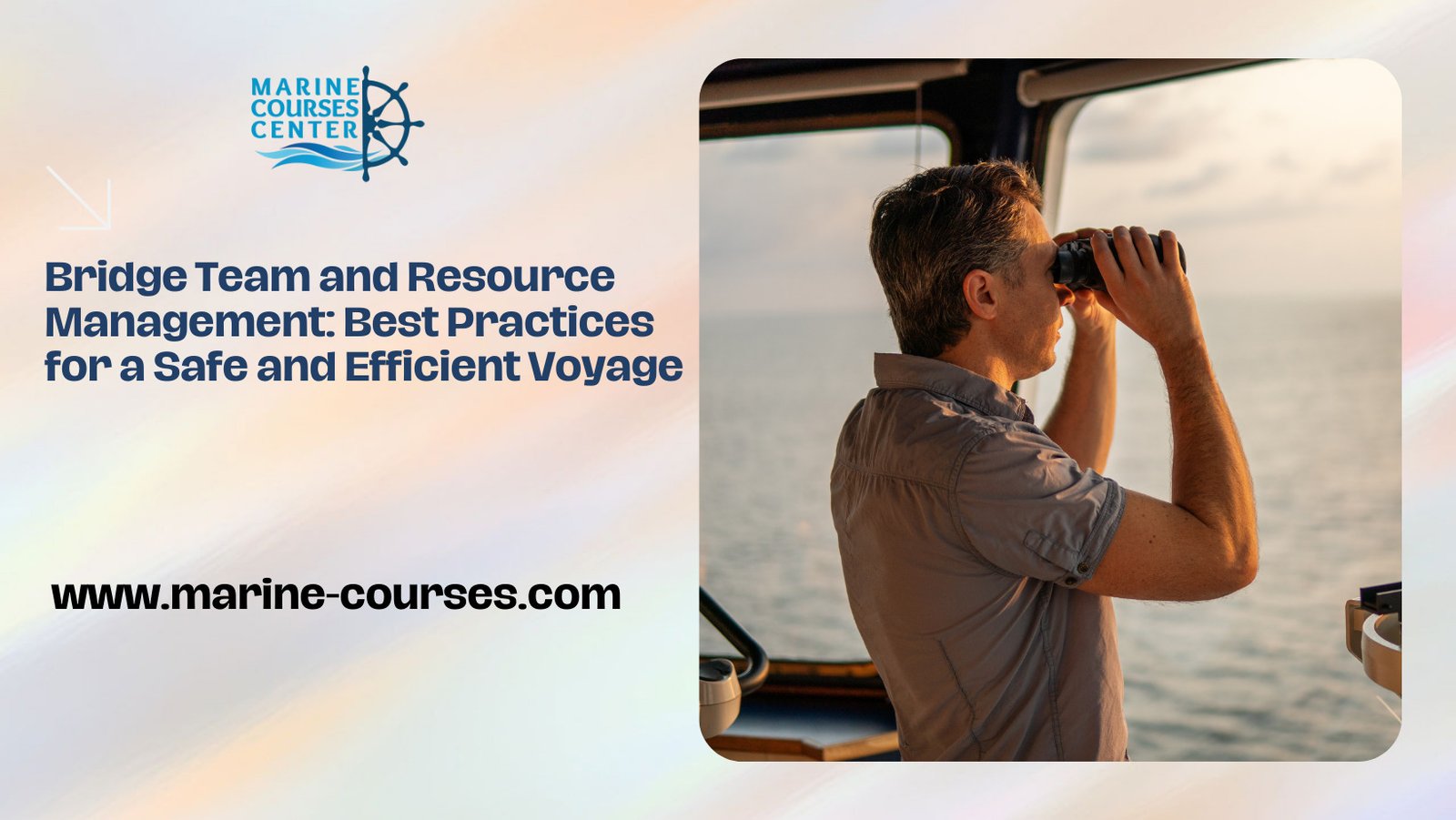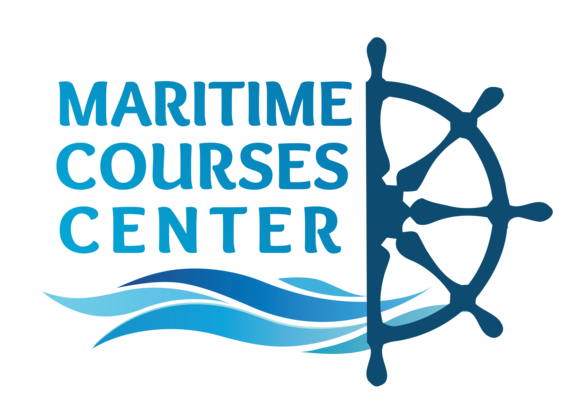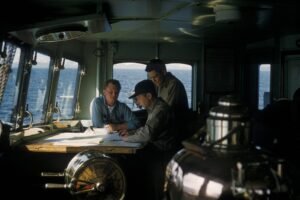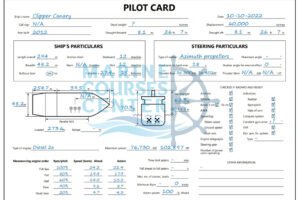
Bridge Team and Resource Management: Best Practices for a Safe and Efficient Voyage part 1

Bridge Team and Resource Management: Best Practices for a Safe and Efficient Voyage
Introduction
As ships continue to grow in size and complexity, the importance of effective bridge team and resource management cannot be overstated. This chapter provides guidelines for managing bridge teams and resources to ensure safe and efficient voyages.
Why Effective Bridge Team and Resource Management is Important
Effective bridge team and resource management are crucial for several reasons, including:
- Safety: The safety of the vessel, crew, and cargo is the top priority. Effective bridge team and resource management can help prevent accidents and respond quickly in the event of an emergency.
- Efficiency: Efficient use of resources can reduce costs, optimize fuel consumption, and improve voyage times.
- Compliance: Compliance with international regulations and standards is necessary for a ship to operate legally and avoid penalties.
Understanding Bridge Team Management
Bridge team management involves coordinating the activities of the bridge team, which includes the captain, officer of the watch, helmsman, and lookout.
Responsibilities of the Bridge Team
The bridge team has several critical responsibilities, including:
- Navigational duties: Navigation, route planning, and monitoring of the ship’s position.
- Communication: Communicating with other vessels, the port, and crew members.
- Safety: Ensuring that the ship is operating safely and responding appropriately to any potential hazards.
Best Practices for Bridge Team Management
To effectively manage the bridge team, the following best practices should be followed:
- Clear communication: Effective communication between team members is essential for safe and efficient operations.
- Defined roles and responsibilities: Each team member should have a clearly defined role and responsibility to avoid confusion.
- Continuous training: Regular training and drills can help bridge team members stay prepared for emergencies and maintain proficiency.
Resource Management
Effective resource management involves the proper allocation and use of resources, including personnel, equipment, and supplies.
Best Practices for Resource Management
The following best practices can help optimize resource management:
- Planning and prioritization: Planning and prioritizing the use of resources can help ensure that they are allocated effectively.
- Risk assessment: Conducting a risk assessment can help identify potential hazards and determine the resources needed to mitigate those risks.
- Monitoring and evaluation: Regular monitoring and evaluation can help identify areas for improvement and ensure that resources are being used efficiently.
Conclusion
Effective bridge team and resource management are essential for safe and efficient voyages. Clear communication, defined roles and responsibilities, and continuous training are critical for effective bridge team management. Planning and prioritization, risk assessment, and monitoring and evaluation are crucial for effective resource management.
FAQs
- What is bridge team management? Bridge team management involves coordinating the activities of the bridge team, including the captain, officer of the watch, helmsman, and lookout.
- What are the responsibilities of the bridge team? The bridge team has several critical responsibilities, including navigation, communication, and safety.
- What is resource management? Resource management involves the proper allocation and use of resources, including personnel, equipment, and supplies.
- Why is effective bridge team and resource management important? Effective bridge team and resource management are important for safety, efficiency, and compliance with international regulations and standards.
- What are some best practices for bridge team management? Clear communication, defined roles and responsibilities, and continuous training are critical for effective bridge team management.
You may also like
Leave A Reply Cancel reply
You must be logged in to post a comment.















1 Comment